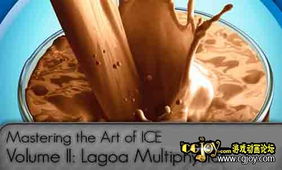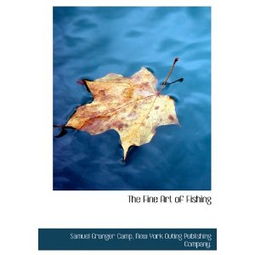Content:
Introduction: The allure of the sea has always been captivating, especially for anglers seeking the thrill of the catch. Among the diverse marine creatures that entice anglers, sea shrimp hold a special place. Known for their succulent taste and high demand in the seafood market, catching sea shrimp can be both rewarding and challenging. This article will delve into the art of sea shrimp fishing, offering essential techniques and tips for coastal anglers to maximize their success.
Choosing the Right Equipment: The first step in mastering sea shrimp fishing is to equip yourself with the right gear. Here are some key equipment items to consider:
a. Rod and Reel: Opt for a medium-action rod with a length of 6 to 7 feet. A spinning reel with a good drag system is ideal for sea shrimp fishing.
b. Line: Use a monofilament line with a breaking strength of 6 to 10 pounds. Ensure the line is strong enough to handle the resistance of the shrimp but not too heavy to spook them.
c. Hooks: Use small, sharp hooks with a size ranging from 2/0 to 4/0. The smaller the hook, the more likely you are to catch smaller shrimp.
d. Leader: Attach a 6 to 12-inch leader made of fluorocarbon or monofilament to your main line. This will help to reduce visibility and avoid spooking the shrimp.
Locating the Shrimp: To catch sea shrimp, you need to know where to find them. Here are some tips for locating the perfect spot:
a. Tides: Shrimp are most active during low tide when they are easier to catch. Fish during the first and last hours of low tide for the best results.
b. Structure: Look for areas with structure, such as rocks, oyster beds, or coral reefs. These areas provide hiding spots for shrimp and increase your chances of catching them.
c. Depth: Shrimp are typically found in shallow waters, so focus on depths ranging from 1 to 10 feet.
Bait and Lures: Choosing the right bait or lure is crucial for attracting sea shrimp. Here are some options to consider:
a. Live Bait: Live bait, such as small fish or crabs, can be highly effective for attracting sea shrimp. However, it can be challenging to keep live bait alive for an extended period.
b. Artificial Lures: Artificial lures, such as shrimp-shaped plastic baits or spoons, can mimic the appearance and movement of real shrimp. These lures are a great alternative to live bait and are easier to maintain.
c. Cut Bait: Cut bait, such as fish or shrimp meat, can also be an effective option. Ensure the bait is fresh and cut into small, bite-sized pieces.
Techniques for Catching Sea Shrimp: Now that you have the right equipment and know where to find the shrimp, it's time to master the techniques for catching them:
a. Cast and Retrieve: Cast your lure or bait into the water and retrieve it in a slow, steady motion. Allow the shrimp to swim freely and then reel in slowly, giving them time to bite.
b. Jigging: Jigging involves quickly jerking the rod tip up and down, creating a darting motion that mimics the natural behavior of shrimp. This technique is effective for attracting sea shrimp and can be used with both artificial lures and live bait.

c. Trolling: Trolling involves slowly dragging your lure or bait through the water. This technique is great for covering more ground and can be effective in areas with abundant shrimp.
Best Practices for Coastal Anglers: To maximize your success in sea shrimp fishing, keep the following tips in mind:
a. Patience: Sea shrimp fishing can be a waiting game. Stay patient and be prepared to wait for the shrimp to bite.
b. Adaptability: Be willing to change your techniques and locations based on the conditions and the shrimp's behavior.
c. Respect the Environment: Always practice catch-and-release fishing to preserve the marine ecosystem and ensure the sustainability of sea shrimp populations.
Conclusion: Catching sea shrimp can be a fulfilling and exciting experience for coastal anglers. By mastering the art of sea shrimp fishing, you'll be able to enjoy the thrill of the catch while contributing to the sustainability of marine life. With the right equipment, techniques, and knowledge, you'll be well on your way to becoming a skilled sea shrimp fisherman. Happy fishing!












